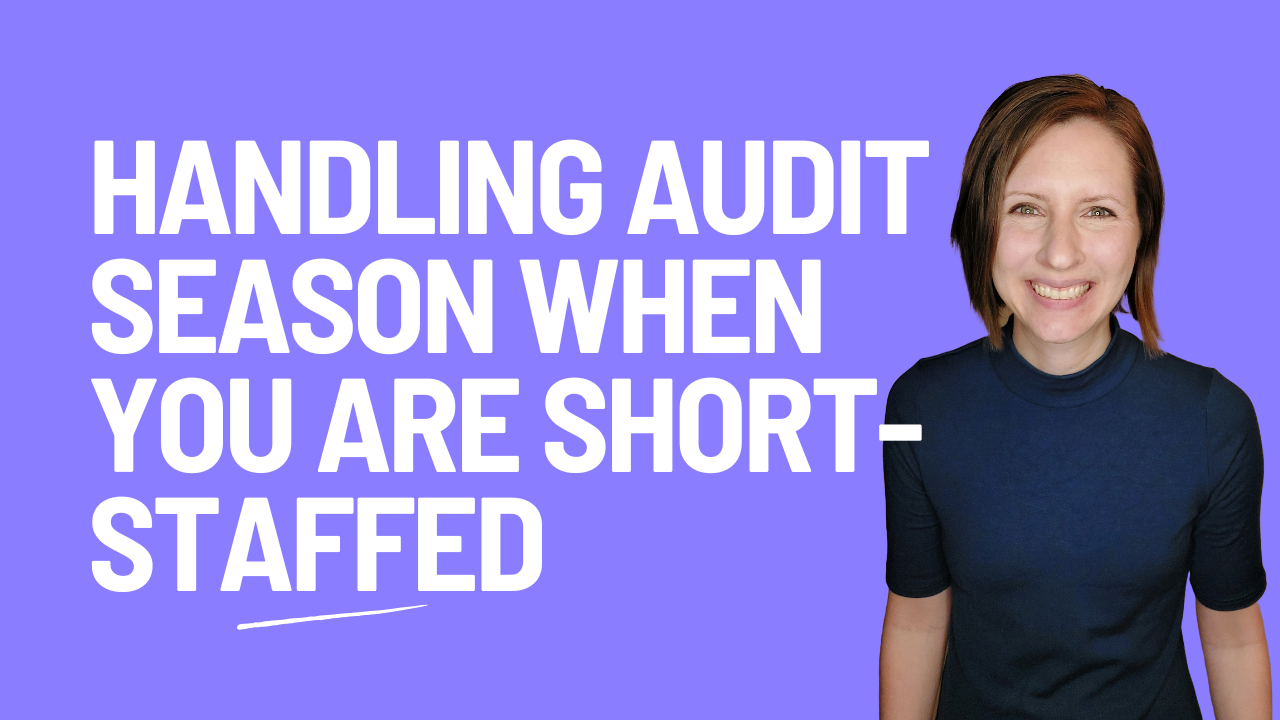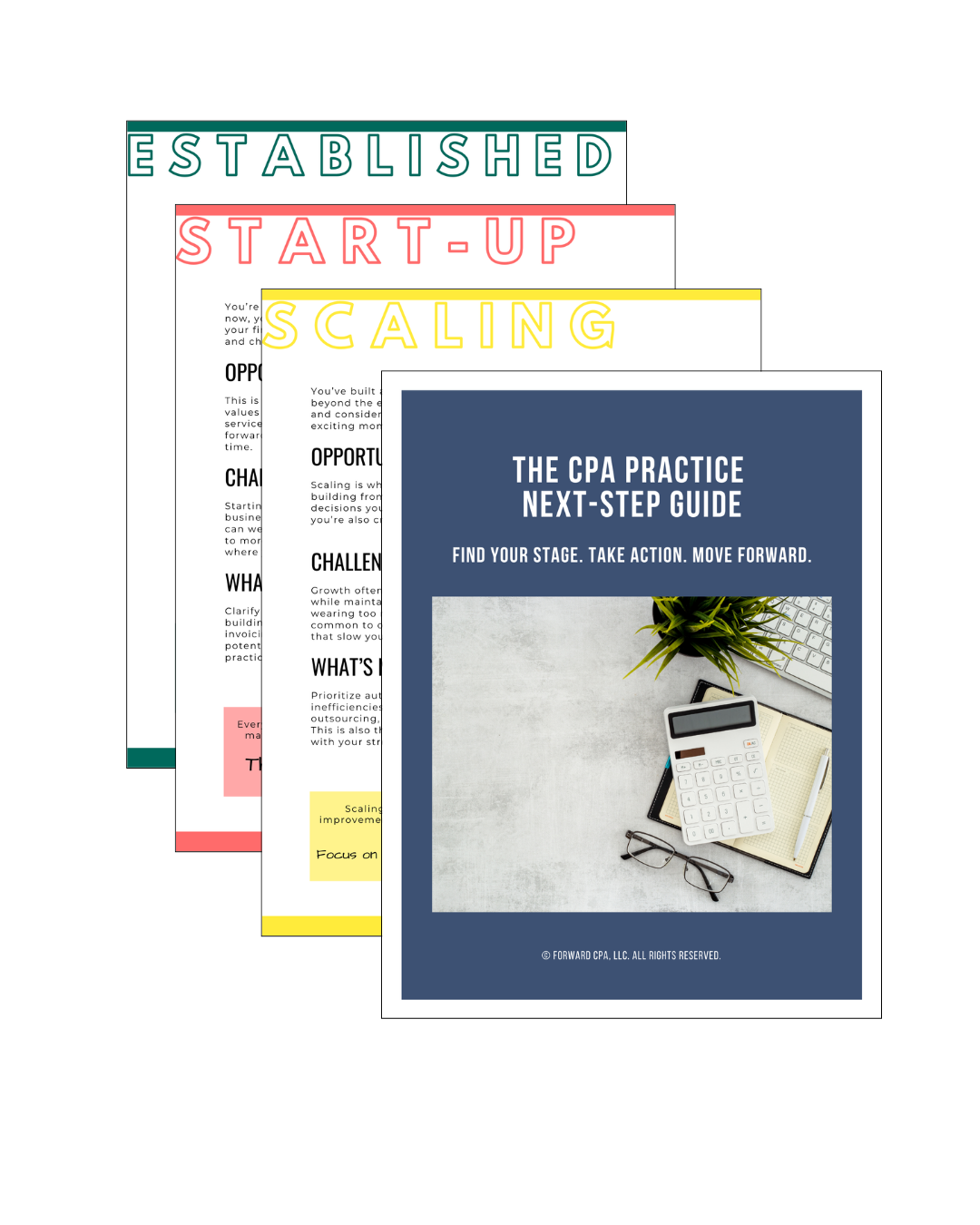How to Create a Monthly Close Process that Supports the Audit
Aug 15, 2025
If your audit prep feels like a massive year-end cleanup every time, you’re not alone.
Many government finance teams are too busy keeping up with daily operations to focus on monthly close routines. But without a consistent close process, the audit becomes a scramble—missing reconciliations, unclear entries, and hours spent backtracking what happened six months ago.
The solution?
A simple, repeatable monthly close process.
You don’t need to do everything at once. But by closing your books a little more intentionally each month, you’ll save time, reduce stress, and walk into audit season already prepared.
Here’s how to build a monthly close process that works for you—and your auditor.
1. Know What the Auditor Actually Needs
Before you build your process, it helps to know what auditors rely on most.
At a minimum, your monthly close should include:
-
Reconciled cash and investments
-
Accurate fund balances
-
Recorded revenues and expenditures
-
Updated grant activity
-
Tracking for capital assets and debt activity
The more up-to-date and accurate these balances are, the less adjusting you’ll need later—and the fewer surprises your auditor will find.
2. Start With a Basic Monthly Checklist
You don’t need accounting software to build a solid process. Start with a checklist that tracks key tasks each month.
✅ Sample Monthly Close Checklist:
-
☐ Reconcile all bank and investment accounts
-
☐ Record month-end payroll and benefits
-
☐ Review and post journal entries
-
☐ Update grant drawdown and expenditure logs
-
☐ Track capital asset purchases and disposals
-
☐ Reconcile accounts payable and receivable
-
☐ Review budget vs. actual variances
-
☐ Save all supporting documentation in your audit folder
Keep it simple at first. You can always refine as you go.
3. Document What You Did (and Why)
Auditors don’t just care that something was posted—they care why and how.
Each month, leave an audit trail for key balances and decisions. That way, you’re not trying to remember everything at once during audit season.
✅ Tips:
-
Save reconciliations and reports in a shared folder by month
-
Write a brief note if something unusual happened (e.g., timing issue, budget amendment, grant delay)
-
Keep a running log of year-end entries you’ll need to make later
These notes will make your future self (and your auditor) very happy.
4. Assign Clear Responsibilities
If more than one person is involved in your finance process, assign specific monthly tasks—so nothing gets overlooked.
Even in a small department, this helps reduce missed steps and improves accountability.
✅ Try:
-
One person reconciles bank accounts
-
Another tracks capital assets
-
A third reviews grant activity or prepares journal entries
If you're a one-person team, structure the checklist by task type to stay organized.
5. Save Documents Where the Auditor Can Find Them
Every monthly close task you complete now is something your auditor won’t have to ask you about later—if it’s saved in the right place.
Use your audit folder (or internal audit binder) to store:
-
Reconciliations
-
Reports
-
Memos
-
Supporting schedules
Organize by audit area (cash, payroll, grants, etc.) so it’s ready to go when audit season arrives.
6. Review and Adjust Each Quarter
Monthly close isn’t “set it and forget it.” Build in quarterly time to step back and assess:
-
Are you falling behind in any areas?
-
Is your documentation consistent?
-
Are any accounts drifting from budget with no clear reason?
-
Is grant activity being recorded accurately and timely?
Catching issues in October is a lot easier than fixing them in June.
A Good Monthly Close = Less Audit Stress
You don’t need a perfect process. You just need a repeatable one.
When you close your books consistently each month—and document your work as you go—you’ll walk into audit season already ahead:
✅ Fewer adjusting entries
✅ Less missing documentation
✅ More confidence in your numbers
✅ A faster, smoother audit for everyone
Build it now. Use it every month.
And let your next audit be your easiest one yet.
Your Next Step Forward
Join the newsletter designed to help CPAs take the next best step in building a practice they love, with practical insights, game-changing tools, and quick wins in every email.
We hate SPAM. We will never sell your information, for any reason.




